PROTECT YOUR DNA WITH QUANTUM TECHNOLOGY
Orgo-Life the new way to the future Advertising by AdpathwayWater is one of the most essential components of gardening. Plants need it to survive, and how much they receive influences their growth patterns over time. Cacti tolerate droughts, for example, while tropical trees need lots of moisture throughout the year.
Many garden crops and wildflowers appreciate consistent watering during the growing season. Some tolerate droughts, while most offer their best harvests when you give them regular moisture. Watering them at the right time will help them stay moist despite the heat.
We’ll discuss the best time, the worst time, and the second-best time to water plants in summer. Pay close attention to your plants—they’ll tell you when they’re thirsty! Watch for droopy stems, shriveled leaves, and limp growth.
Garden Oya™ Watering Pot
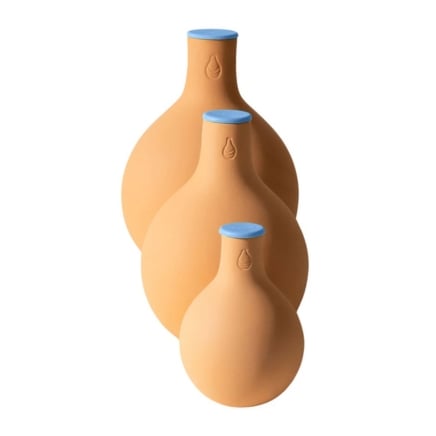
Promo Watering Can

Olla Watering Kit

The Worst Time to Water Plants
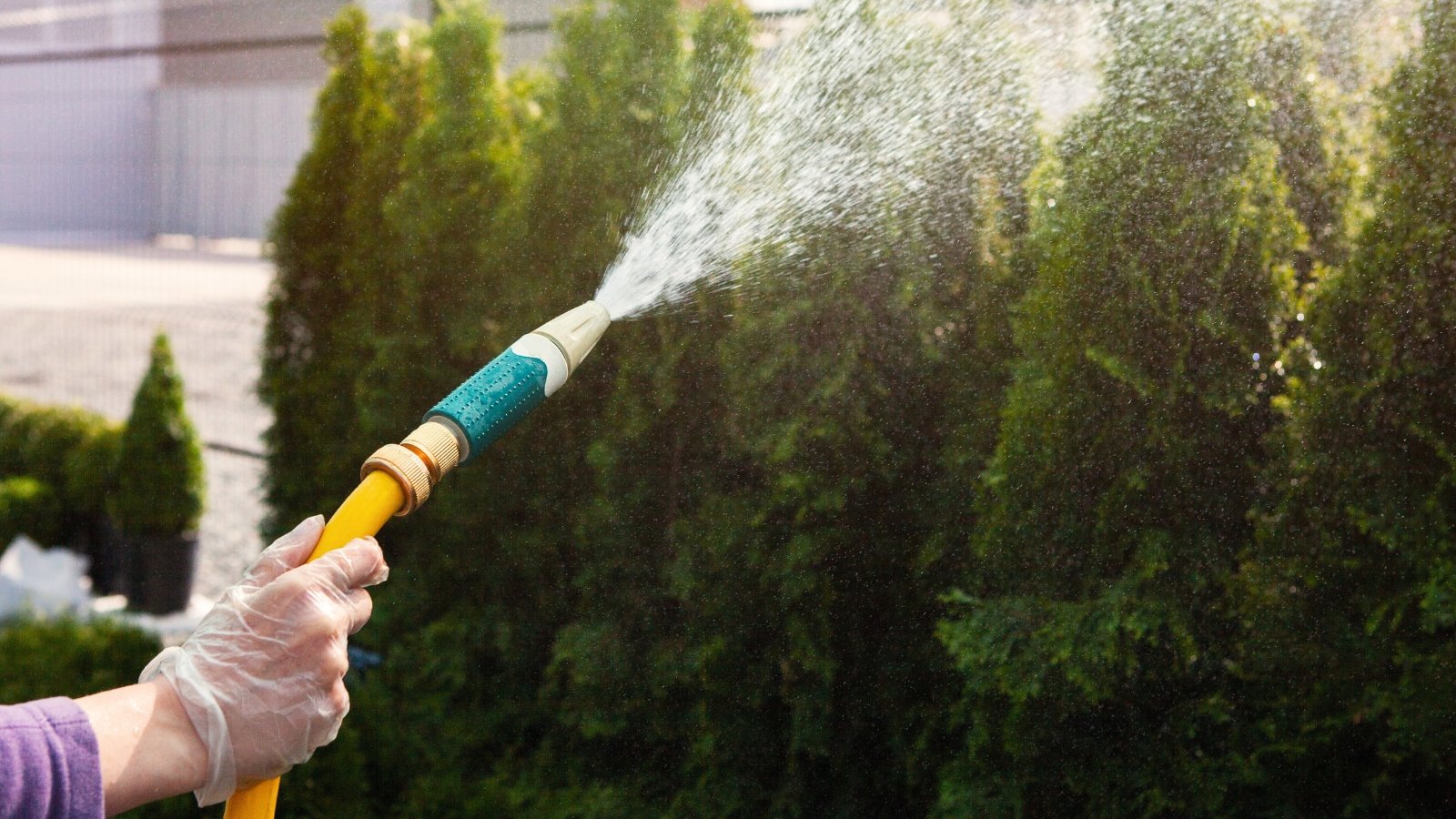 Midday watering results in water losses.
Midday watering results in water losses.Midday is the worst time to water plants in the summer. The sun is high in the sky, temperatures are warm, and evaporation is likely. Instead of soaking into the ground, most of the moisture you add to the soil will evaporate into the sky.
The afternoon may also be too hot for watering. Many gardens in the northern states experience long days in the summer. Where I live in Oregon, the sun rises before 5 AM and sets around 10 PM! It’s hot at noon, though it’s often hotter later.
The goal is to avoid watering when the sun is out and temperatures are high. Shade helps, though it doesn’t mitigate the evaporation that inevitably occurs in summer. It may be best to change your sprinklers’ frequency if they run in the middle of the day.
The Best Time to Water Plants
 Water plants when the sun is low.
Water plants when the sun is low.Plants prefer water in the morning when temperatures are cool and the sun is low. The early morning is the best time to water plants in summer. Your plants will have sufficient time to absorb moisture in their roots before the midday sun causes it to evaporate.
If you struggle to maintain a regular watering schedule, try using a timer! Timers open the flow when you set them to, allowing the garden to receive water when it needs it most. You can modify your current system to work with a timer, and many garden centers offer all-in-one setups for a price.
With an overhead sprinkler, a hose, and a timer, you can instantly water your plants. Drip irrigation is another option that delivers moisture to the roots rather than from overhead. Soaker hoses work similarly, emitting water droplets on the ground around the roots.
The Second Best Time to Water Plants
 If you can’t water in the morning, evening is better.
If you can’t water in the morning, evening is better. Many gardeners choose to water in the evening, at night, or before the sun rises. These are all good times for watering wisely, but they may also invite fungal conditions like powdery mildew. It’s a delicate balance between too much and not enough moisture in the summer garden.
When pools of water sit on the leaves and in the soil, the excess moisture creates perfect growing conditions for fungi. You’ll notice tomato leaves have spots, squash leaves have white fuzz, and rose petals wilt before the flowers open.
If you face intense heat during the day, or if the day is warm in the morning, water plants during summer evenings. It’s good to adapt your approach throughout summer to give your plants what they need.
When you water at night, it’s hard to see whether you’re watering sufficiently or not. Keep a close eye on the garden during the day to see which plants are happy and which ones are struggling to grow, and modify your irrigation system accordingly.
How to Water Plants
 Watering technique impacts plant health.
Watering technique impacts plant health. How you water plants in summer is just as important as when you water! It’s best to water deeply and infrequently. Deep, infrequent watering encourages long roots that penetrate well below ground. The deeper the roots are, the less irrigation they’ll need.
Instead of watering for a short period daily, try watering for a long time every other day or every three days. You may see better results! Watch the plants in the summer garden and see how they adapt.
New Plantings
 Young plants need frequent watering to establish.
Young plants need frequent watering to establish. New plantings need significantly more water than established ones. Young perennials, annual bedding plants, and small shrubs need plenty of moisture to adapt after planting. They’ll need daily watering when severe droughts and high heat arrive.
Aim to install new plantings in the spring or fall when temperatures are cool and the weather is mild. Avoid planting during midsummer, as the young plants will need plenty of irrigation to establish during warm days.
Established Plantings
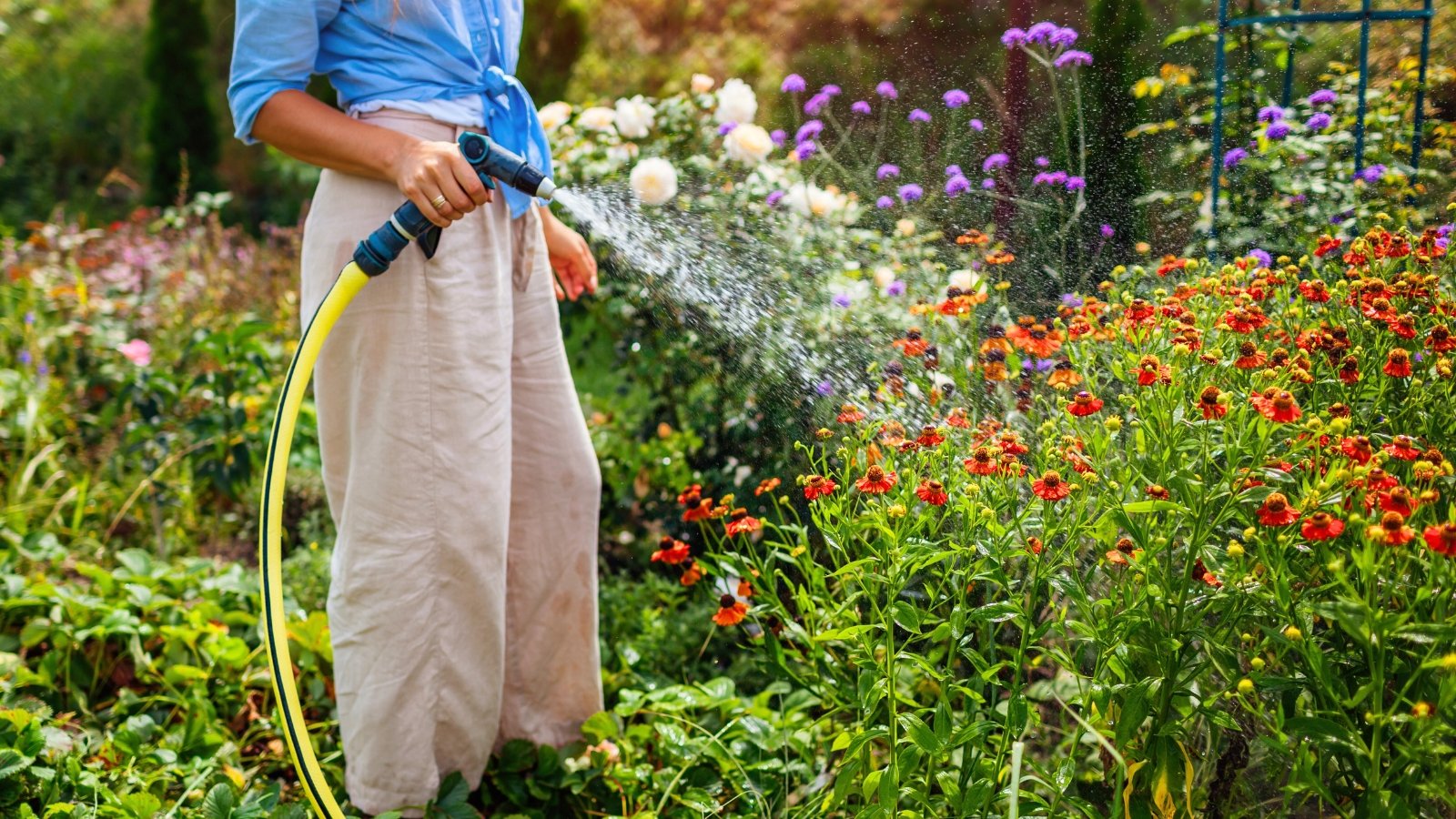 Some established plants won’t need extra water.
Some established plants won’t need extra water. Established plantings, like perennial beds and pollinator gardens, need less irrigation than new ones. They likely won’t need daily watering during midsummer. Drought-tolerant plantings, like xeriscape and native plant gardens, may not require any additional irrigation!
Knowing which plants are growing in the summer garden is key to watering successfully. Give cacti and succulents a lot less moisture than corn and tomatoes, for example.
Containers and Planters
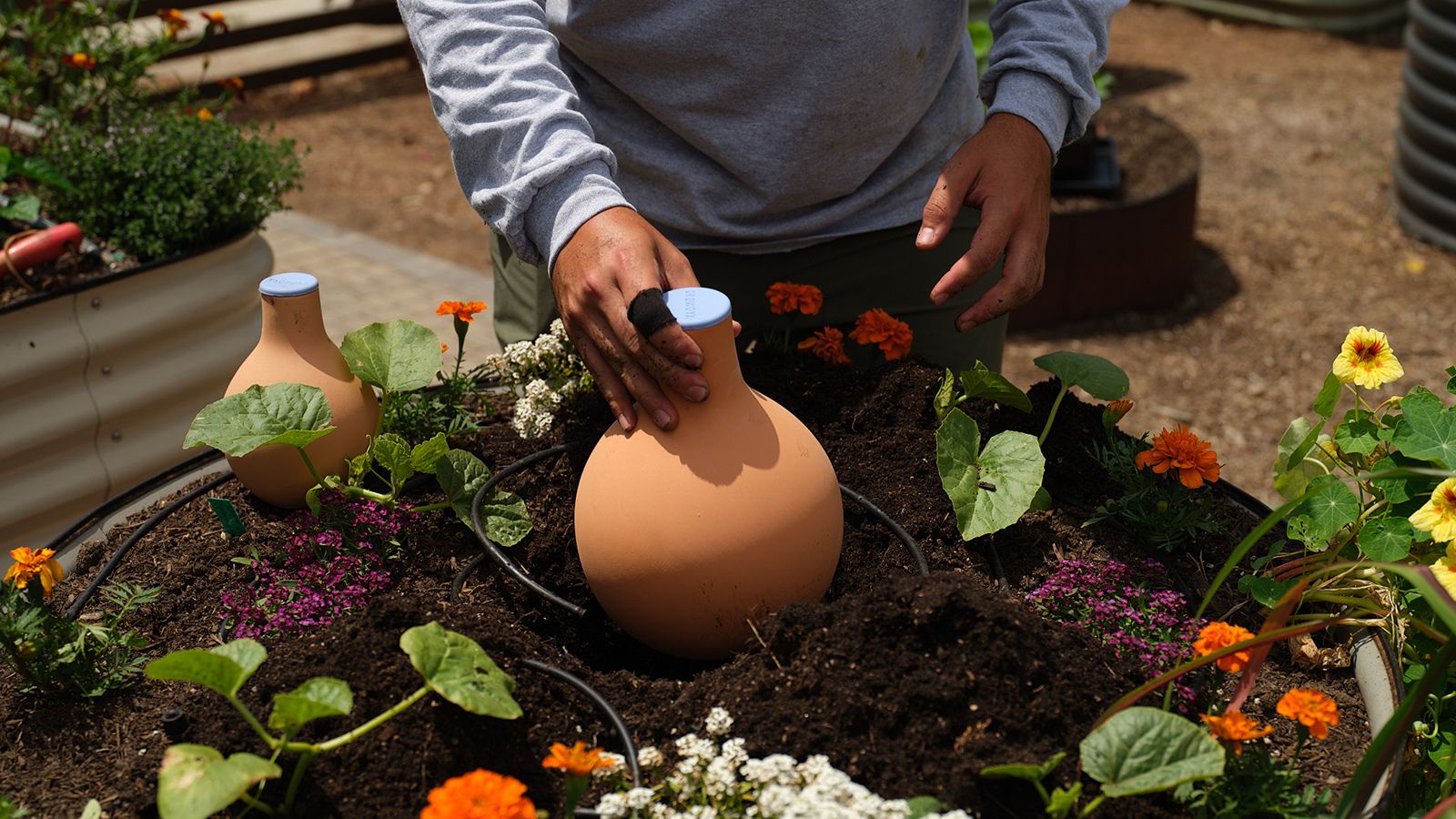 Potted plants require more frequent watering.
Potted plants require more frequent watering. Potted plants need much more irrigation than in-ground ones. They’ll require daily watering when summer is at its hottest. You may move them into partial shade to lower the amount, though they’ll still dry out quickly when it’s hot.
For best results, water your potted summer plants daily and keep a close eye on them. They’ll go from perky and vigorous to thirsty and limp after a single hot day.
Consider using drip irrigation or olla pots to water container plants in summer. These water-conserving methods allow your plants to thrive while also saving you time from daily irrigation.
Add Mulch
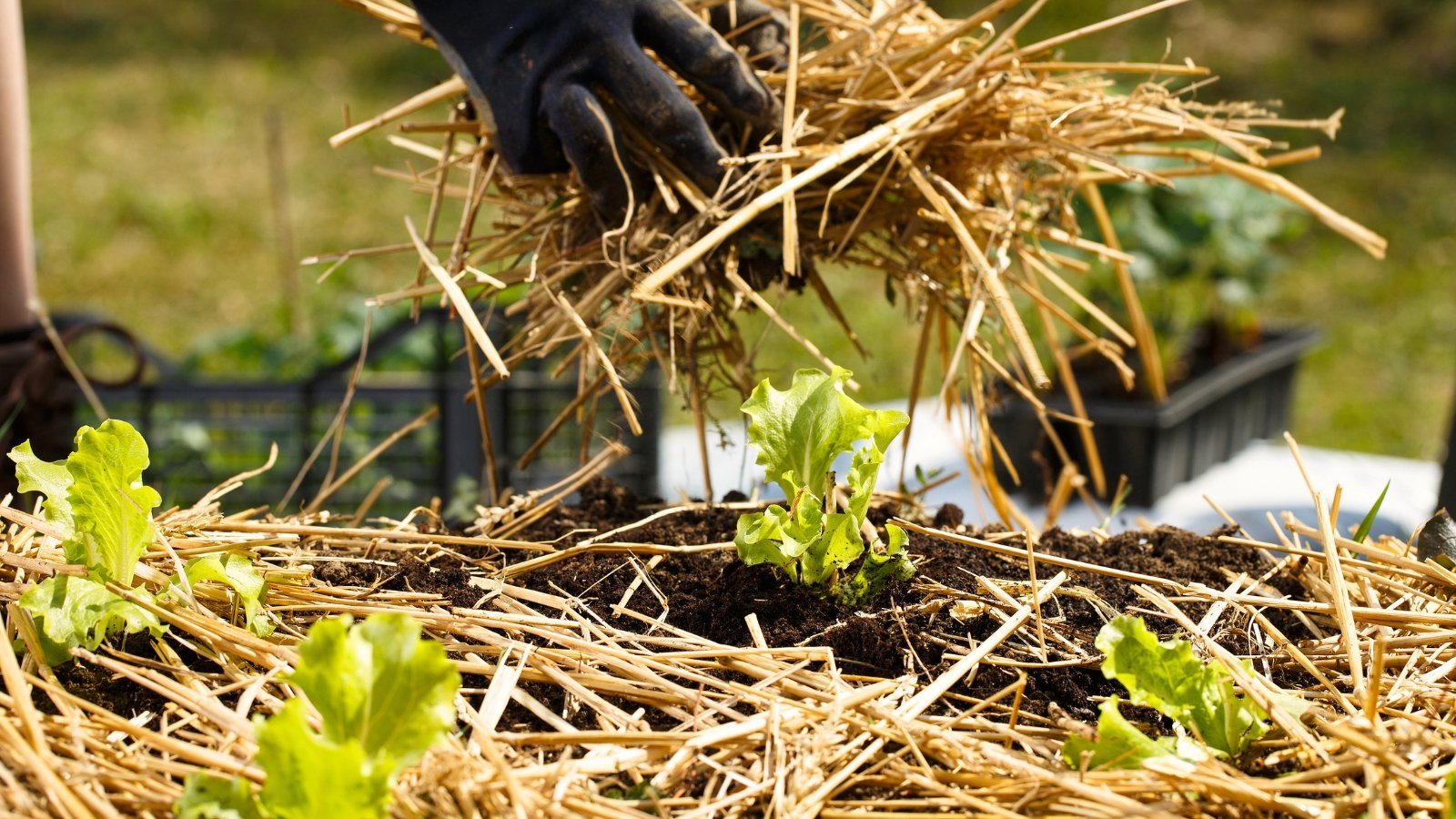 Mulching helps retain moisture in the soil.
Mulching helps retain moisture in the soil. Reduce your watering inputs by adding organic mulch! It’s essential in the summer garden. This soil amendment protects, feeds, and insulates the ground. It prevents evaporation, and it feeds the soil with nutrients as it breaks down.
The ideal organic mulch is compost, though many substitutes work similarly. Try leaf mold, fallen leaves, wood chips, or straw. Straw and compost are ideal in veggie gardens, while fallen leaves and wood chips work well for perennials, shrubs, and trees.
Add mulch so it makes a two to three-inch-thick layer. This thickness conserves moisture while also allowing plant roots to breathe. Use a rake to distribute your mulch throughout the site to form an even layer.
Key Takeaways
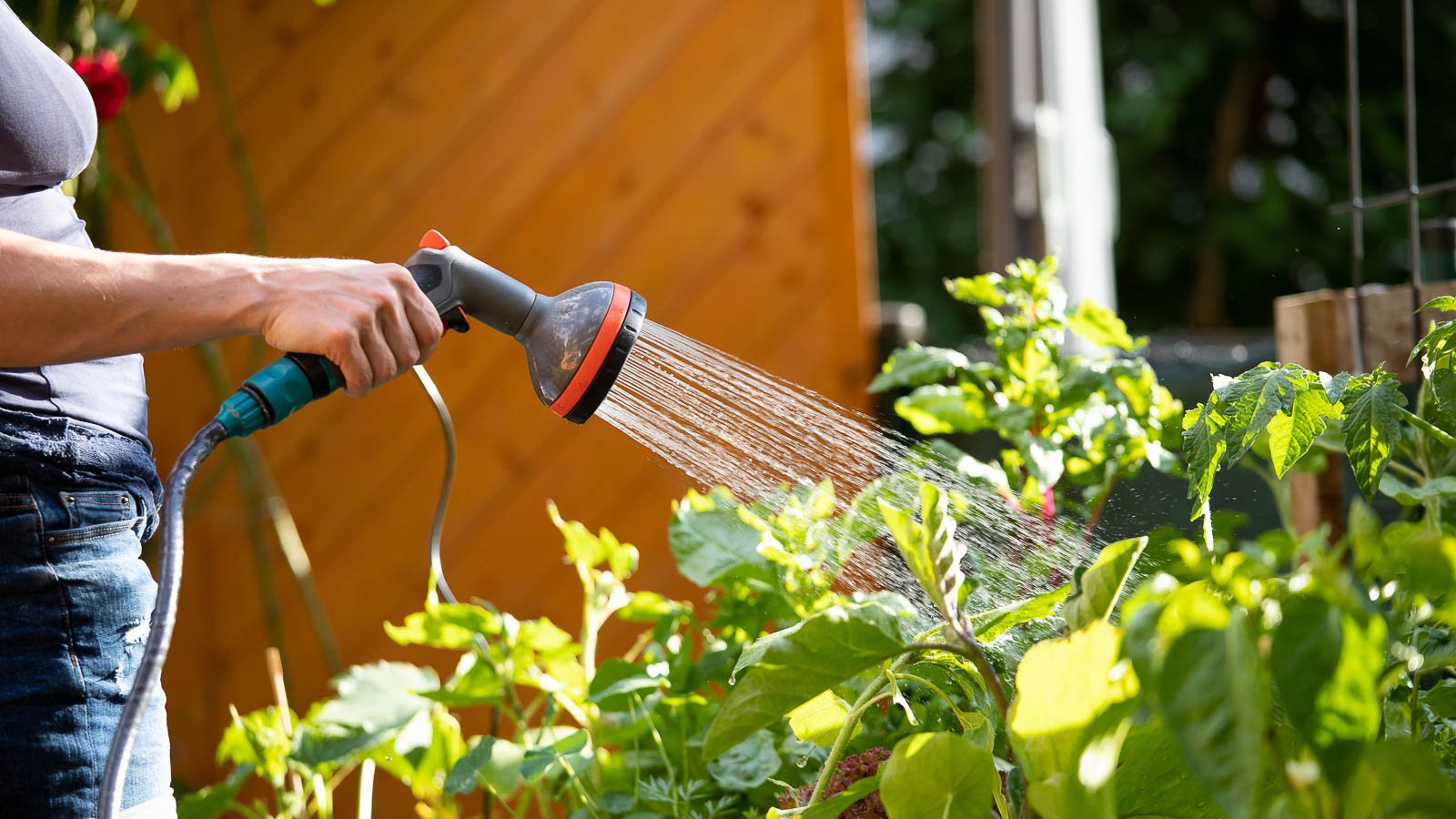 Water in the morning for the best results.
Water in the morning for the best results. - Midday is the worst time to irrigate plants in the summer garden.
- The best time to water plants in summer is early morning.
- The second-best time for watering is at night. Watch for fungal conditions, and water in the morning if you start noticing them.
- Irrigate deeply and infrequently rather than sparsely and often.
- Conserve moisture with mulch.
- Use efficient watering systems, like drip irrigation or soaker hoses.
Frequently Asked Questions
Morning irrigation allows the moisture to penetrate below ground before the sun rises. As the sun rises, water evaporates from your plants’ leaves to prevent diseases from growing on them.
Yes, you can! It’s water-wise to irrigate at night, but it may contribute to fungal growth on your plants’ foliage. It’s better to irrigate in the morning.
Use a timer! Timers are perfect for watering the garden while you’re on vacation or travelling. Set up a sprinkler to a hose and a timer, or use a timer to automate your drip irrigation.


 7 hours ago
3
7 hours ago
3

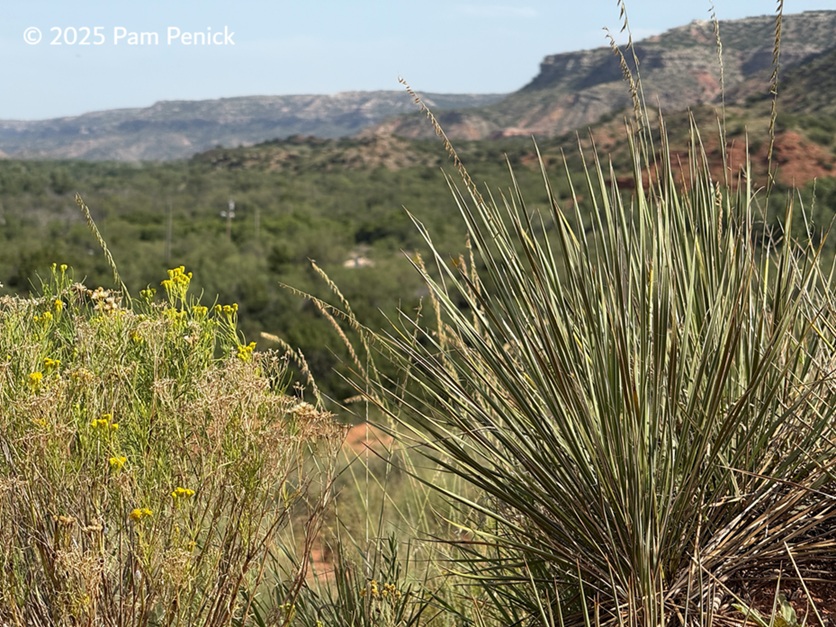
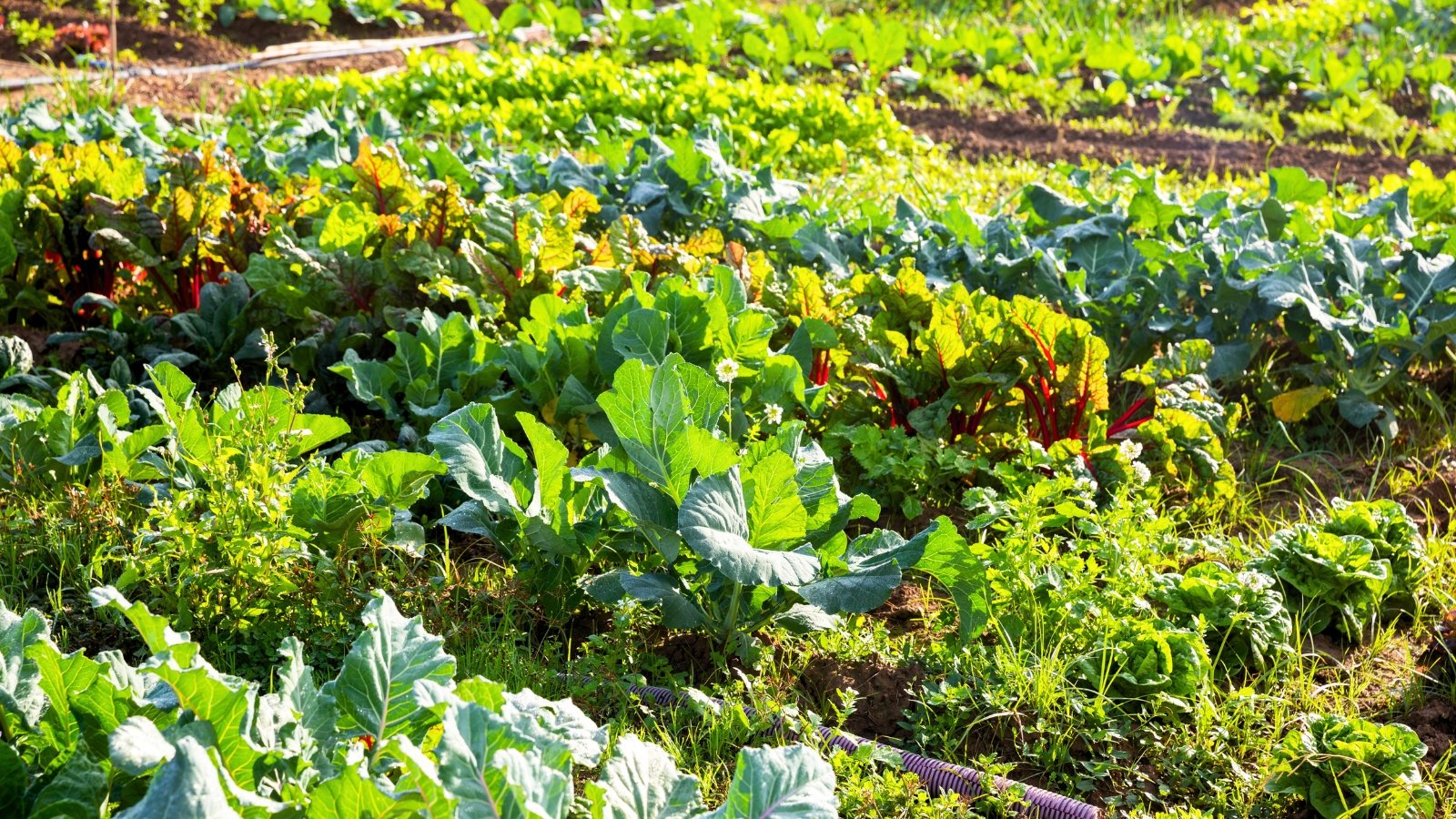
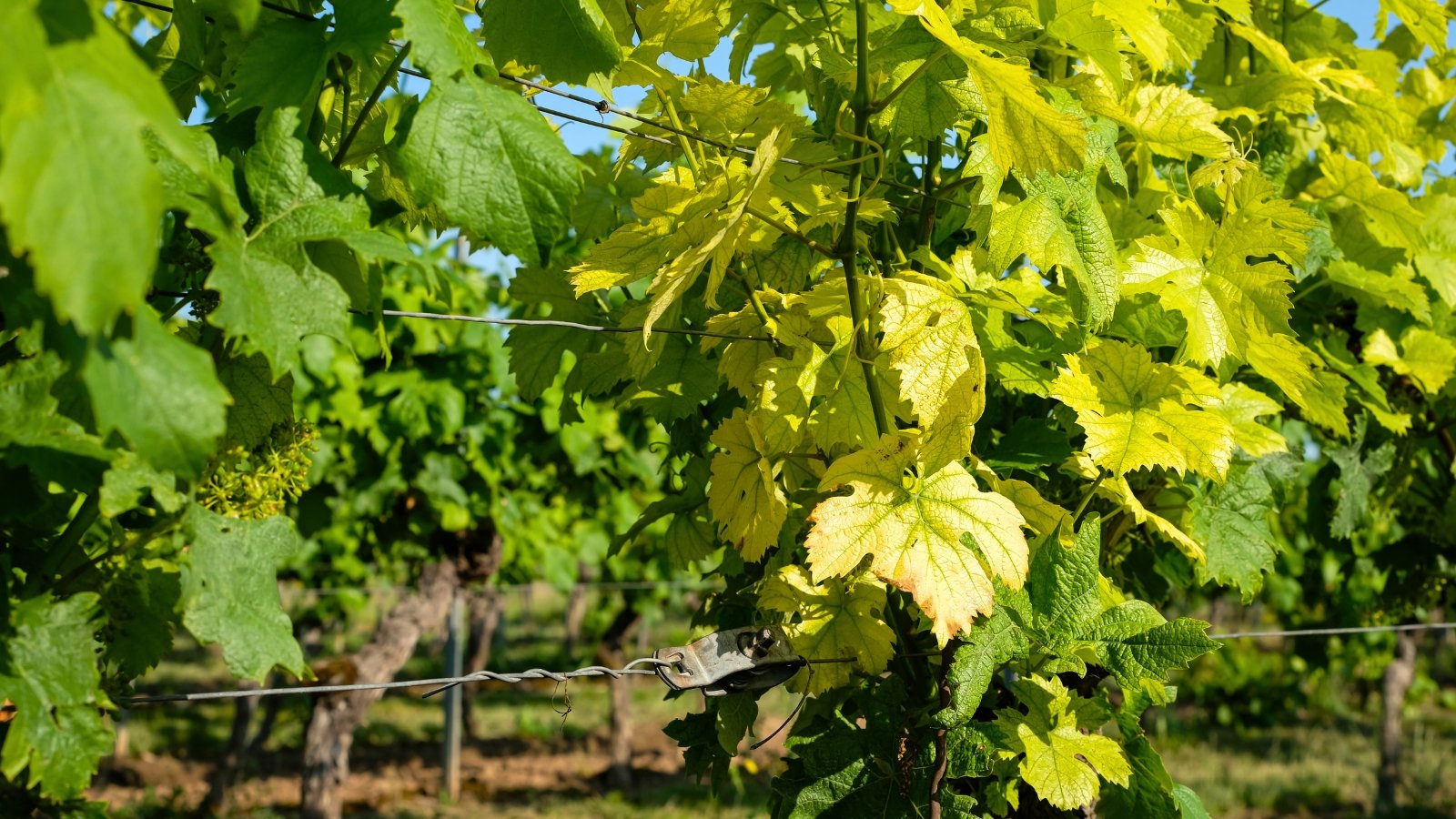

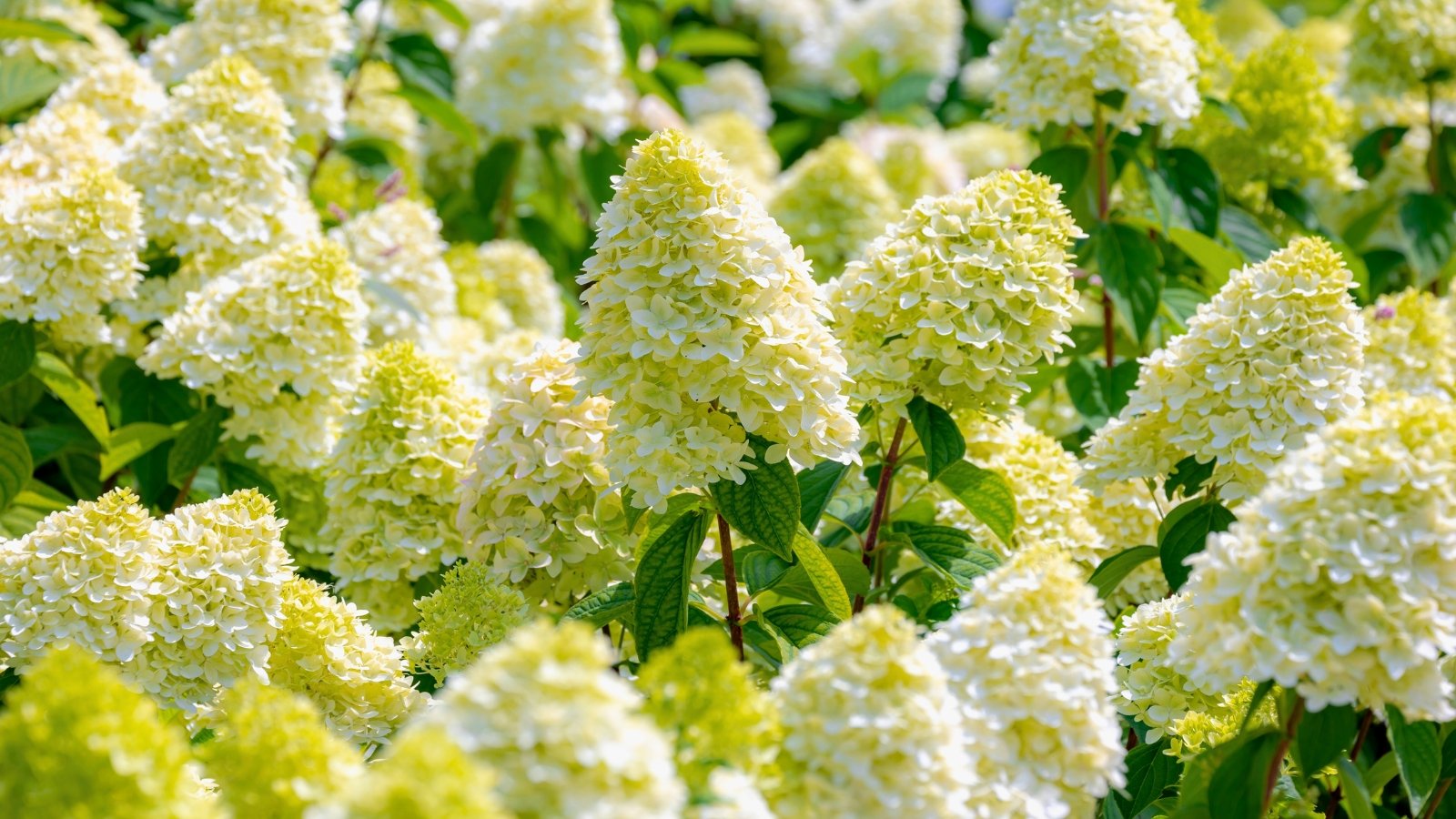















 English (US) ·
English (US) ·  French (CA) ·
French (CA) ·